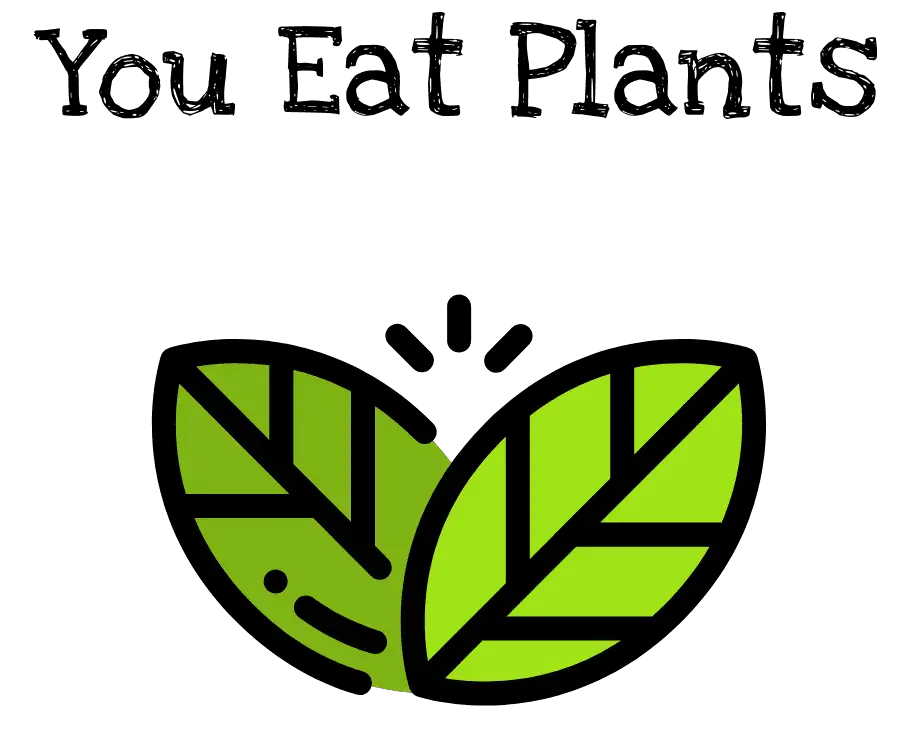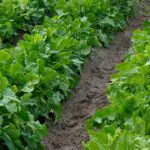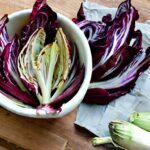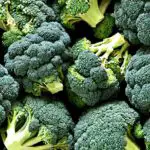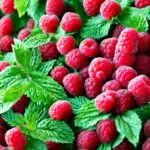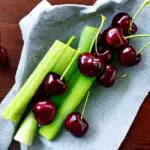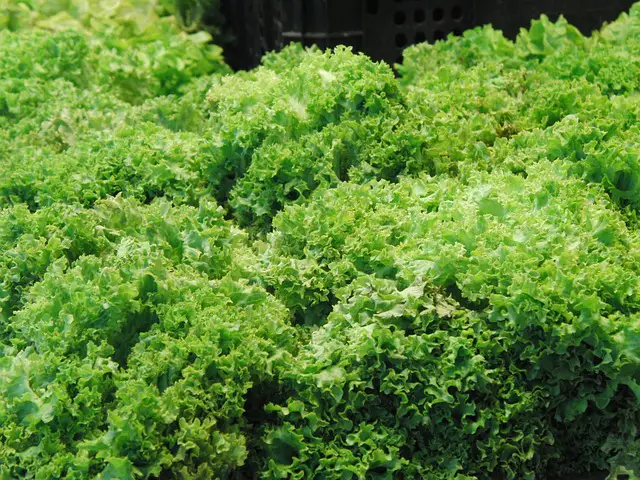
Escarole and endive are both leafy vegetables springing from the same family and are closely related.
So what are the differences between escarole and endive?
In this post, you will learn what escarole and endive both are, how they are similar, and how they are different.
Let’s jump in!
What is Endive?
Technically speaking, Endive is a group of green leafy vegetables, similar in appearance to lettuce. They are part of the Chicory family and can be referred to as Chicory greens.
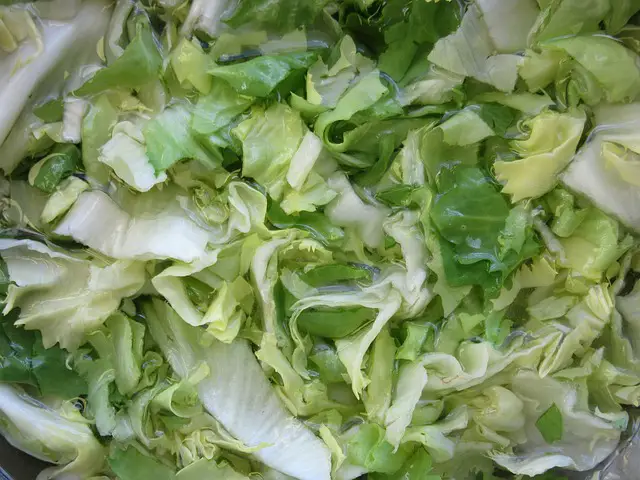
There are three types of endive. Belgium Endive, Curly Endive, and Escarole. Escarole is just a variant of Curly Endive. It also can be referred to as Broad-Leaf Endive.
Endive is also closely related to radicchio, which is also in the Chicory family. You can spot radicchio by its vibrant red color.
Also, what is called endive in the UK, Americans call chicory. And what Britains call chicory, Americans call endive. (Confused yet?) Also, the British refer to Curly Endive as just Endive. And, the term endive is also commonly used to refer to Belgium endive as well. (So it gets even more confusing. Even Wikipedia states there is considerable confusion)
Generally, I’ve found that when an American is using the word endive, what is being referred to is Belgian Endive. And when someone from the U.K. is referring to chicory, they are referring to Belgian Endive.
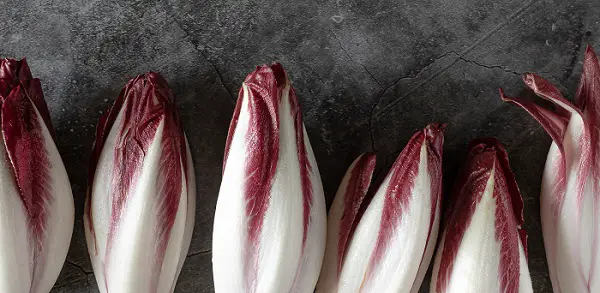
The Chicory family of vegetables are bitter tasting, and so endive has a bitter taste. But there is also a little bit of sweetness as well.
Belgian endive is usually white or green colored and is shaped kind of like a husk of corn or a squashed football. The leaves are smooth and lay on top of each other.
There is also Red Belgian endive which is similar in shape to Belgian endive, but with white leaves and red-purple tips.
See also: Chicory vs Endive
What is Escarole?
Escarole is a type of Endive. Specifically, it’s a variant of Curly Endive. Escarole is also referred to as Broad-Leaf Endive, Batavian Endive, or Scarole.
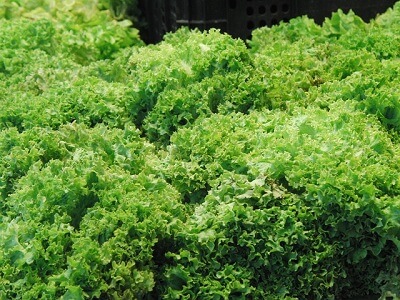
Escarole looks a lot like Romaine lettuce and is a lot of times confused for lettuce. Escarole has wavy or curly leaves, and the leaves kind of branch out. It’s also green in color like lettuce.
Escarole still has a bitter flavor, but it’s less bitter than Belgian endive.
Let’s talk about some of the differences between endive and escarole next.
Differences Between Endive and Escarole
Technically speaking, there is no difference between escarole and endive. Escarole is a type of endive. But since we know that when most people use the phrase endive, they are really referring to Belgian endive, we will compare Belgian endive and escarole.
Appearance
Belgian endive and escarole both have different appearances.
Escarole has curly leaves. These leaves also branch out. Escarole resembles Romaine lettuce.
Endive on the other hand has flat and smooth leaves. The leaves are also laying flat on top of each other, in a flattened sphere shape.
Taste
Both Belgian endive and escarole have a bitter flavor. But, escarole is less bitter than Belgian endive.
Cooking & Eating
One idea for Belgian endive is that it can be served as little boats to scoop up hummus or other dips, in place of crackers. Another popular idea for Belgian endive is braising and making a braised endive.
Escarole is usually used in soups or sauteed, as the leaves hold up well to being cooked. It can be eaten fresh, and a little bit can be used in salads as well. You can also braise it as well.
(For a salad recipe see Chicory and Endive Salad Recipe)
Growing
Belgian endive is grown in a very interesting and unique way. It’s actually covered up like mushrooms and kept from the light! Sometimes dirt is placed on top of them, or plastic. So basically, Belgian endive is grown in the dark!
Escarole is grown just like regular lettuce or kale and grows out of the ground.
Video Resources
Lance has been passionate about the plant-based diet and we have been following a whole food plant-based diet for over 5 years. We focus on health, natural healing, weight management, animal rights, and the health of the planet and environment by focusing on whole plant-based foods and sustainable practices.
Learn more at the About Me page and follow on social media at the links below.
